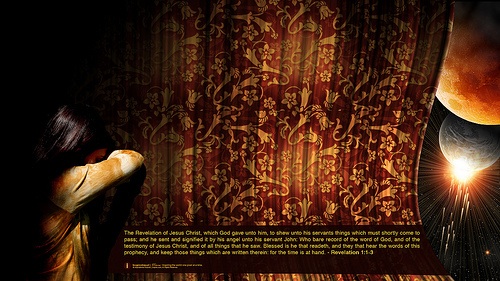Of Plot, Nouns and Verbs…
According to plot guru, Martha Alderson, plot can be viewed as either a noun or verb. She states: “Plot as noun encompasses every element of a story. Plot as verb allows conscious development of those elements.”
I invite you to visit her blog, and to follow her on Twitter. Her daily Tweets are gems of gold.
Of Plot, Nouns and Verbs… Read More »





